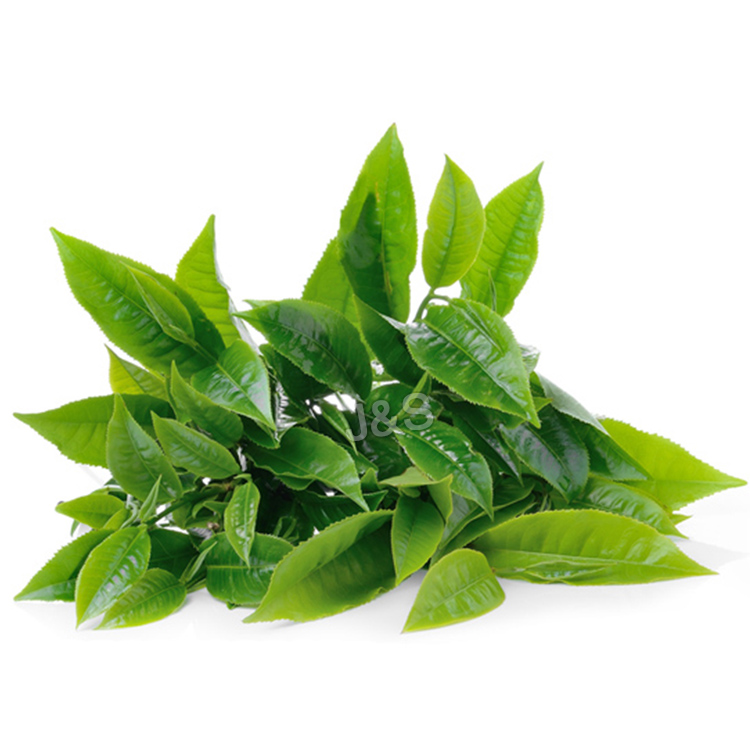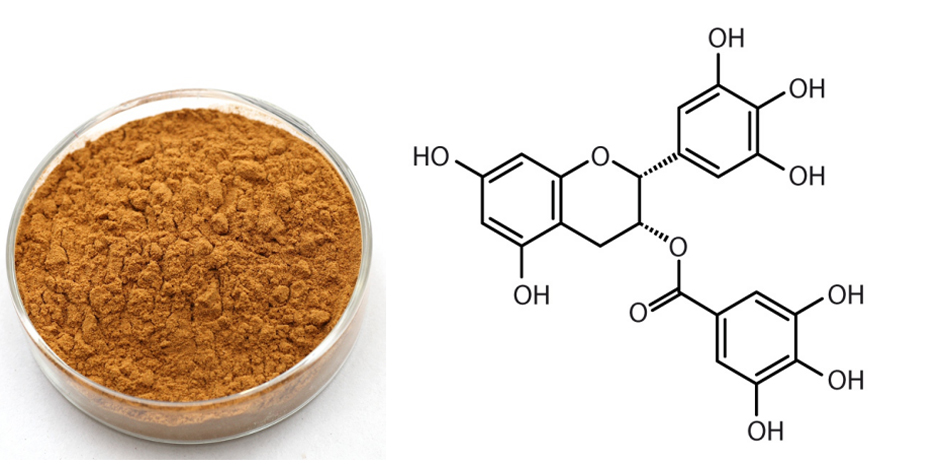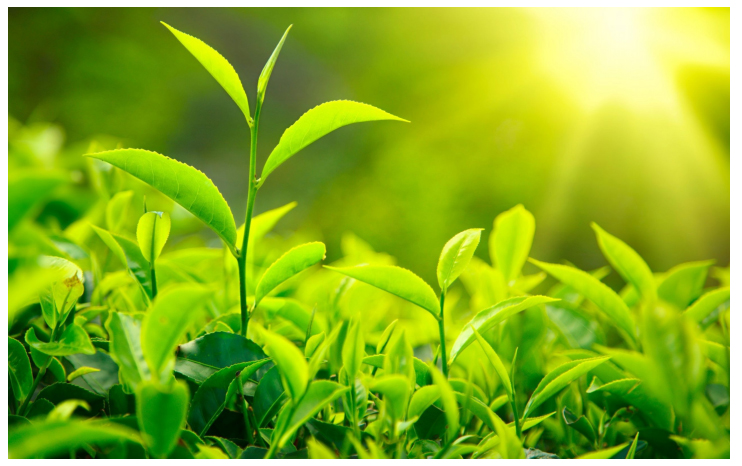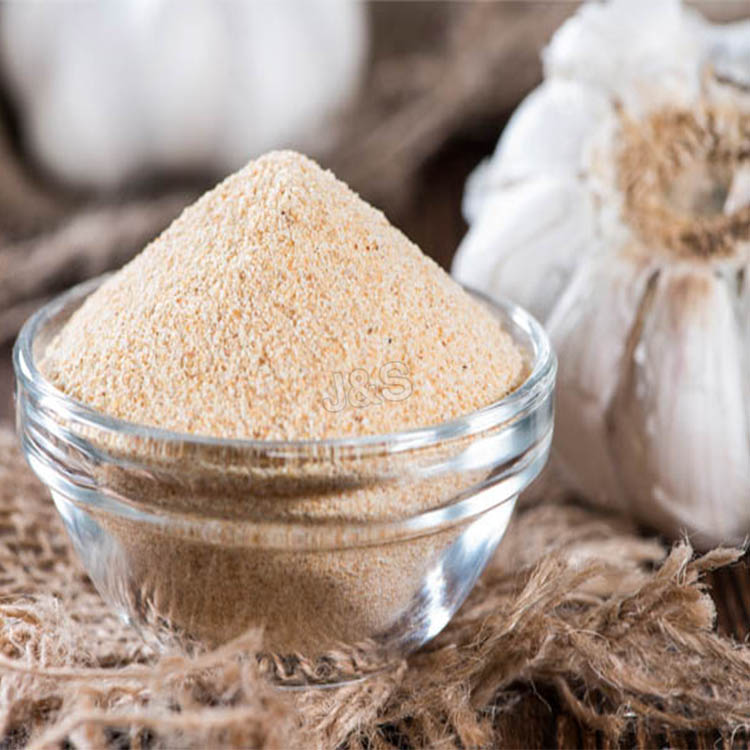Professional China Green tea extract Factory for Cebu
Professional China Green tea extract Factory for Cebu Detail:
[Latin Name] Camellia sinensis
[Plant Source] China
[Specifications]
Total tea polyphenols 40%-98%
Total catechins 20%-90%
EGCG 8%-60%
[Appearance] Yellow brown powder
[Plant Part Used] Green tea leaf
[Particle size] 80 Mesh
[Loss on drying] ≤5.0%
[Heavy Metal] ≤10PPM
[Storage] Store in cool & dry area, keep away from the direct light and heat.
[Package] Packed in paper-drums and two plastic-bags inside.
[What is green tea extract]
Green tea is the second largest beverage demanded by consumers worldwide. Used in China and India for its medicinal effects. There are several compounds extracted from green tea including catechins which contain an enormous amount of hydroxyphenols that are easily oxidized, congregated and contracted, which explains its good anti-oxidation effect. Its anti-oxidation effect is 25-100 times as strong as those of vitamin C and E.
It is widely used in medicines, agriculture, and chemical and food industries. This extract prevents cardio-vascular disease, lowers the risk of cancer, and decreases blood sugar and blood pressure, as well as viruses. In the food industry, the anti-oxidation agent used for preserving food and cooking oils.
[Function]
1. Green tea extract can reduce blood pressure, blood sugar, blood lipids.
2. Green tea extract has the function of removing radicals and anti-aging.
3. Green tea extract can enhance the immune function and prevention of colds.
4. Green tea extract will anti-radiation,anti-cancer, inhibiting the increasing of cancer cell.
5. Green tea extract used to anti-bacterium, with the function of sterilization and deodorization.
[Application]
1.Applied in cosmetics field, Green tea extract owns the effect of anti-wrinkle and anti-Aging.
2.Applied in food field, Green tea extract is used as natural antioxidant, antistaling agent, and anti-fading agents.
3.Applied in pharmaceutical field, Green tea extract is used to prevent and cure cardiovascular disease, diabetes.
Product detail pictures:

Related Product Guide:
We've one of the most innovative manufacturing devices, experienced and qualified engineers and workers, recognized good quality handle systems and also a friendly experienced income team pre/after-sales support for Professional China Green tea extract Factory for Cebu , The product will supply to all over the world, such as: Australia, Czech republic, Sheffield, In order to meet more market demands and long-term development, a 150, 000-square-meter new factory is under construction, which will be put into use in 2014. Then, we shall own a large capacity of producing. Of course, we are going to continue improving the service system to meet the requirements of customers, bringing health, happiness and beauty to everyone.
What is LIME SULFUR? What does LIME SULFUR mean? LIME SULFUR meaning – LIME SULFUR definition – LIME SULFUR explanation.
Source: Wikipedia.org article, adapted under https://creativecommons.org/licenses/by-sa/3.0/ license.
In horticulture, lime sulfur is a mixture of calcium polysulfides formed by reacting calcium hydroxide with sulfur, used in pest control. It can be prepared by boiling calcium hydroxide and sulfur together with a small amount of surfactant. It is normally used as an aqueous solution, which is reddish-yellow in colour and has a distinctive offensive odour.
A New York State Agricultural Experiment Station recipe for the concentrate is 80 lb. of sulfur, 36 lb. of quicklime, and 50 gal. of water. About 2.2:1 is the ratio (by weight) for compounding sulfur and quicklime; this makes the highest proportion of calcium pentasulfide. If calcium hydroxide (builders or hydrated lime) is used, an increase by 1/3 or more (to 115 g/L or more) might be used with the 192 g/L of sulfur. If the quicklime is 85%, 90%, or 95% pure, use 101 g/L, 96 g/L, or 91 g/L; if impure hydrated lime is used, similarly increase its quantity. Avoid using lime that is less than 90% pure. Boil for an hour, stirring and adding small amounts of hot water to compensate for evaporation.
Lime sulfur is sold as a spray for deciduous trees to control fungi, bacteria and insects living or dormant on the surface of the bark. Lime sulfur burns leaves so it is not as useful for evergreen plants.
Bonsai enthusiasts use undiluted lime sulfur to bleach, sterilise, and preserve deadwood on bonsai trees while giving an aged look. Rather than spraying the entire tree, as with the pesticidal usage, lime sulfur is painted directly onto the exposed deadwood, and is often colored with a small amount of dark paint to make it look more natural. Without paint pigments, the lime-sulfur solution bleaches wood to a bone-white color that takes time to weather and become natural-looking. Because the lime sulfur does not contact the leaves or needles, this technique can be used on evergreen trees as well as other types of trees.
Diluted solutions of lime sulfur (between 1:16 and 1:32) are also used as a dip for pets to help control ringworm (fungus), mange and other dermatoses and parasites. Undiluted lime sulfur is corrosive to skin and eyes and can cause serious injury like blindness.
Lime sulfur reacts with strong acids (including stomach acid) to produce highly toxic hydrogen sulfide (rotten egg gas) and indeed usually has a distinct “rotten egg” odour to it. Lime sulfur is not extremely flammable but combustion produces highly irritating sulfur dioxide gas.
Safety goggles and gloves should be worn while handling lime sulfur. Lime sulfur solutions are strongly alkaline (typical commercial concentrates have a pH over 11.5), and so it is corrosive to living things and can cause blindness if splashed in the eyes.
Lime sulfur is believed to be the earliest synthetic chemical used as a pesticide, being used in the 1840s in France to control grape vine powdery mildew Uncinula necator, which had been introduced from the USA in 1845 and reduced wine production by 80%. In 1886 it was first used in California to control San Jose scale. Commencing around 1904, commercial suppliers began to manufacturer lime sulfur; prior to that time, gardeners were expected to manufacture their own. By the 1920s essentially all commercial orchards in western countries were protected by regular spraying with lime sulfur. However by the 1940s, lime sulfur began to be replaced by synthetic organic fungicides which risked less damage to the crop’s foliage.
Get your free audio book:
https://yazz.space/e/b001waksc2
Polyphenols are chemicals found in many plants. Polyphenols are usually antioxidants that can protect cells from oxidative damage caused by free radicals. Polyphenols include tannins, lignins, and flavonoids. Many polyphenols have anti-obesity activities and are beneficial for weight loss. Aging and obesity may lead to inflammatory and oxidative conditions. Inflammation and oxidative stress are also important pathological factors in obesity-related diseases such as diabetes, fatty liver, cardiovascular diseases, and cancer. Polyphenol extracts from fruits and herbs such as apples and green tea can inhibit inflammation, lower blood cholesterol and glucose levels, and reduce risks of heart diseases. These natural antioxidants can be used as dietary supplements without evident adverse effects. The latest discoveries and studies of cellular and molecular mechanisms of such polyphenols suggest that they can be potential agents for the treatment of obesity and associated diseases. Excerpts: recent studies have elucidated the possible effects of for weight loss. For example, has been found to reduce dietary lipid absorption in humans Supplementation with stopped diet-induced obesity. treatment also showed a positive effect on improving mood. Short-term treatment has been found to reverse preexisting high-fat-induced metabolic pathologies in obese subjects. In the long-term, treatment can inhibit the development of obesity, symptoms associated with the metabolic syndrome, and fatty liver. the tested group took the supplement for twelve weeks. The study found that ingestion of led to the reduction of total cholesterol and low-density lipoprotein (ldl)-cholesterol levels. The supplement also improved the visceral fat area . No adverse reactions were observed. these studies demonstrate that may help regulate fat metabolism, protect against inflammation, and be beneficial for obese and aging problems. such studies suggest that has properties as a potent antioxidant
We have been appreciated the Chinese manufacturing, this time also did not let us disappoint,good job!






